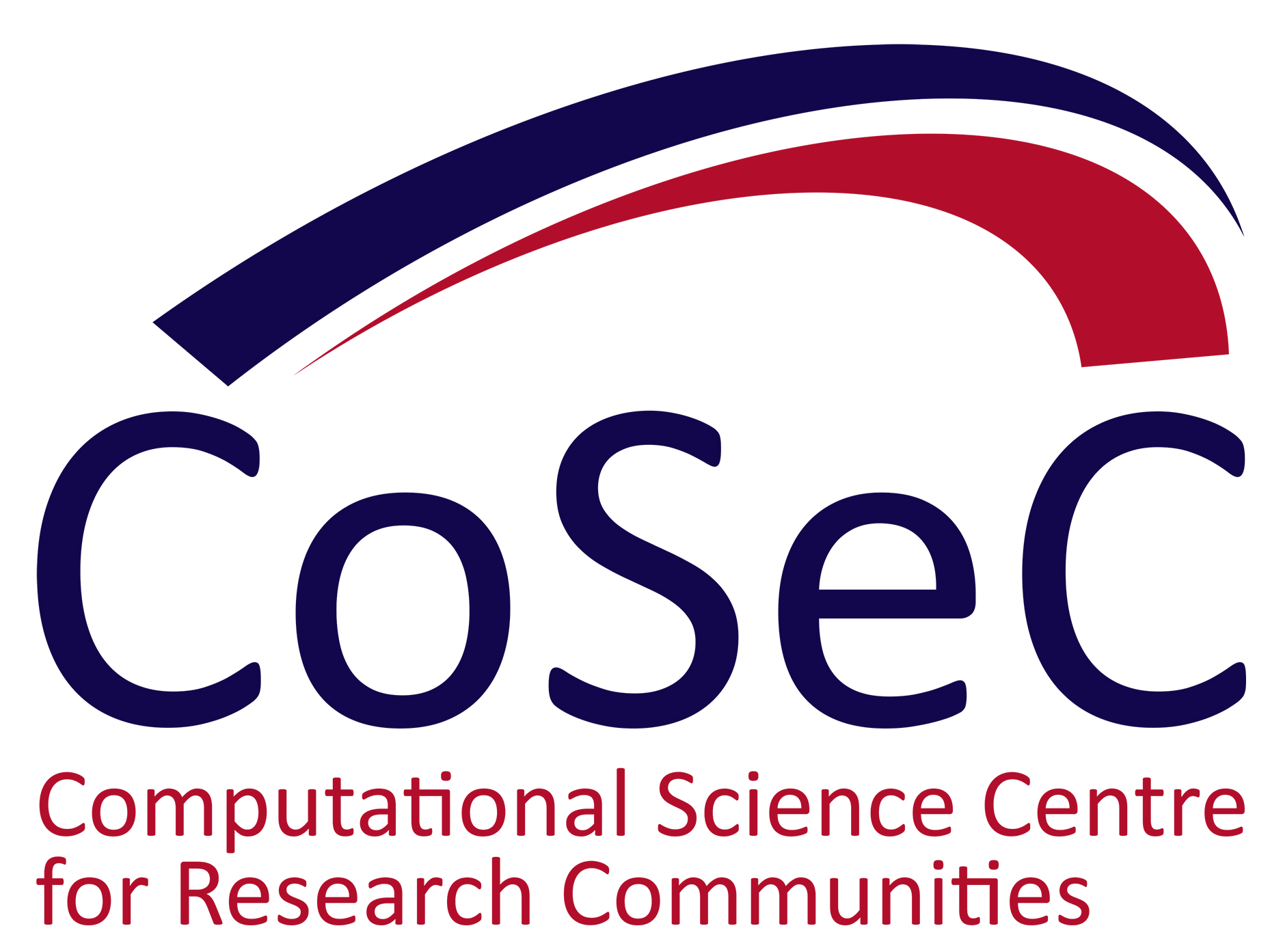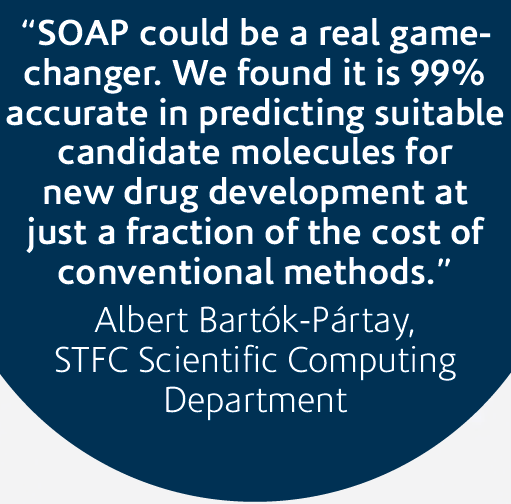 On average, drug development takes 12 years to get from the discovery stage to the marketplace. Although estimates will vary, the Association of the British Pharmaceutical Industry* puts the cost at more than £1 billion per drug. They estimate that the discovery stage, where researchers will need to identify a diseased protein cell (the target) and then find a molecule (or compound) to bind to the target and alter the disease, can cost £436 million.
On average, drug development takes 12 years to get from the discovery stage to the marketplace. Although estimates will vary, the Association of the British Pharmaceutical Industry* puts the cost at more than £1 billion per drug. They estimate that the discovery stage, where researchers will need to identify a diseased protein cell (the target) and then find a molecule (or compound) to bind to the target and alter the disease, can cost £436 million.
Using conventional experimental methods, researchers will have to check thousands of molecules to predict how they will behave when exposed, for instance, to a cancerous cell. Will they bind to the cell to block it? Are they toxic enough to kill the cell?
Although fairly accurate theoretical and computational methods for prescreening exist, they require a huge amount of computing time and subsequent laboratory testing of the molecules. Up to 10,000 potential candidate molecules will be checked for each new drug.
The SOAP method of machine learning
A new approach known as the Smooth Overlap of Atomic Positions, or SOAP, can compare similarities in molecules at the atomic scale, giving near-perfect accuracy in identifying suitable new drug candidates for a fraction of the cost.
 SOAP is a unique algorithm which trains computer programs to compare the 3D microscopic structures of molecules, including pharmaceutically active compounds – which are the building blocks of a material seen at the atomic scale – by mapping them together to identify similarities. Those molecules which do not have any similarities can immediately be eliminated from any further tests.
SOAP is a unique algorithm which trains computer programs to compare the 3D microscopic structures of molecules, including pharmaceutically active compounds – which are the building blocks of a material seen at the atomic scale – by mapping them together to identify similarities. Those molecules which do not have any similarities can immediately be eliminated from any further tests.
Using SOAP, which can be plugged into any machine that can run computer simulations, a database of 10,000 molecules that might be suitable to block a cancerous cell can be reduced in minutes to just a few of the most likely candidates.
This screening method could vastly accelerate identification of suitable molecules, saving huge amounts of time and reducing the need to run as many laboratory tests. It can predict with 99% accuracy whether or not a candidate molecule will bind to a target protein.
View the full case-study and download pdf